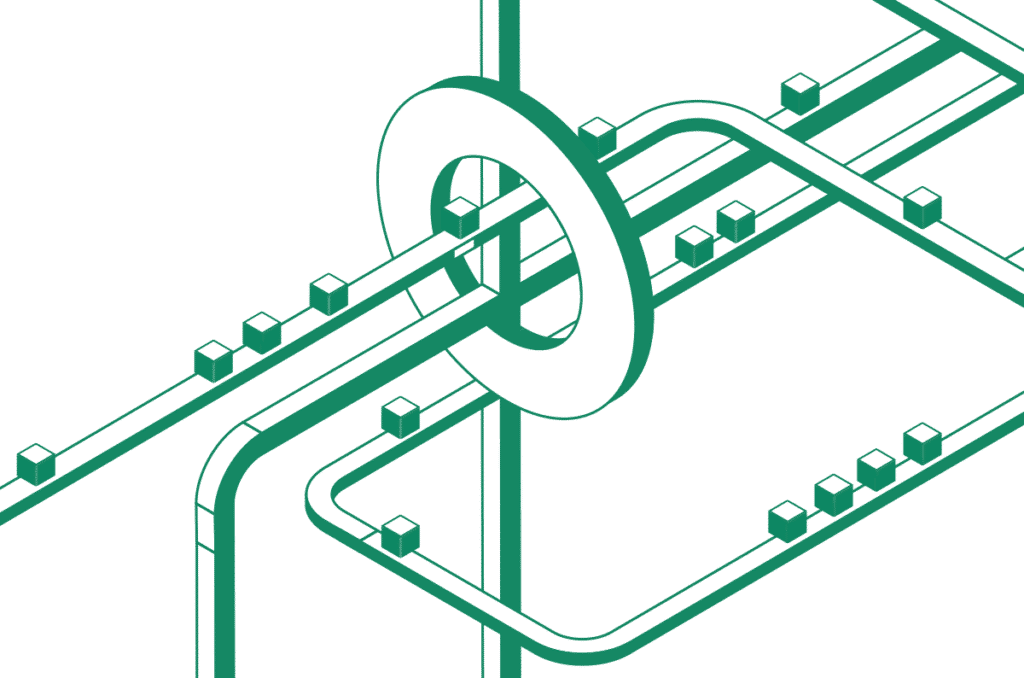During an investor call in February 2022, Arista Network’s president and CEO Jayshree Ullal said that some of the lead times on its sales are... Read ›
IT Supply Chain Problems? Here’s How the Cloud Helps Get Around Them During an investor call in February 2022, Arista Network’s president and CEO Jayshree Ullal said that some of the lead times on its sales are 50-70 weeks out. Likewise, Cisco is facing extreme product delays. According to Cisco CFO Scott Heron, “The ongoing supply constraints not only impacted our ability to ship hardware, but also impacts our delivery of software such as subscriptions that customers order with the hardware. That undelivered software is also included in backlog until the hardware ships, which is when we begin to recognize the revenue.”
Arista and Cisco are not unique in their sales malaise. Gartner Principal Research Analyst Kanishka Chauhan reported the semiconductor shortage will severely disrupt the supply chain and will constrain the production of many electronic equipment types, including the networking industry.
All of which begs the question, why hasn’t Cato been impacted?
Being a cloud service obviously minimizes the effects of the log-jammed supply chain. Software keeps flowing as long as the developers keep coding. But Cato does have some hardware dependencies, most notably the Cato Socket, Cato’s edge SD-WAN device. And while the Socket is very “thin”, pushing most processing into Cato SASE PoPs, it’s still reliant on the components being impacted by today’s supply chain issues.
[boxlink link="https://www.catonetworks.com/resources/socket-short-demo/?utm_source=blog&utm_medium=top_cta&utm_campaign=cato_socket_demo"] From Legacy to SASE in under 2 minutes with Cato sockets | Watch Cato demo [/boxlink]
Immediate Action: Executive Buy-in is Critical to Addressing Supply Chain Problems
To address the problem, we protected ourselves by expanding our supply chain in a series of moves that required buy-in at the highest levels of Cato.
The first order of business was to understand what components in a Socket’s bill of materials (BOM) were at the highest risk of unavailability. The BOM is the list of materials and components required to construct a product, the Cato Socket in this case, and the specific directions needed for procuring and using the materials. In reviewing the BOM, we first identified any chipsets that had an expected delay of one year, which is highly problematic for any supplier.
Our solution was to help our Socket manufacturers source components from alternative component suppliers. Being a cloud service, Cato could be very flexible in the terms and conditions we gave to our manufacturers, enabling them to source components from suppliers with whom normally they might not have been able to negotiate profitable terms. (All suppliers are trusted and certified to ensure quality standards are met.)
The second action we took was in logistics. We changed how we transported goods from the manufacturer in Taiwan to strategic distribution centers around the world. Like most vendors, we normally ship components by sea, which is the most economical approach, but also takes the most time. Instead, we began shipping products by air, eliminating the lengthy sea travel time and long delays at backed-up seaports.
Long Term Action: Increasing Component Supplies Prevents Impact of Forecasted Shortages
Recognizing that there’s no quick fix to the component shortage, we took steps to manage the situation over the long term. We decided to increase our production orders with our manufacturer to cover forecasts at least through the next two years. By making this early commitment, the manufacturer could plan for the necessary components and begin stocking them now. We also communicate regularly with the manufacturer to monitor problem areas in acquiring components.
Next, Cato is considering having our Socket manufacturer build “problematic kits” of the major at-risk components. A kit consists of the Socket components with the longest lead times. Cato is willing to commit to purchasing thousands of kits to have on hand. A kit is a fraction of the cost of a complete Socket since it’s just a bunch of parts. It’s worth acquiring these components and stockpiling them as they become available to reduce the lead time of buying them when they are needed. Once again, this increases our agility and reduces our long-term risk.
To better prepare for the future, Cato is testing alternative components to the parts of the current Socket that are problematic to source. A replacement part may have the same delivery issues but it’s still worth having options to give us flexibility. If we choose alternative components, they will be certified by both the manufacturer and Cato to ensure they meet our performance standards.
In addition, Cato continually evaluates new manufacturers for multisourcing Socket production. By not relying on any one platform or company, Cato ensures a continuous flow of products.
The Cloud: Cato’s Key Advantage in Weathering the Supply Chain Dilemmas
Being a cloud-first company affords Cato great flexibility in weathering supply chain shortages and disruptions. Through some planning and a bit of ingenuity, we’ve been able to ensure continued component and product availability for the foreseeable future.










